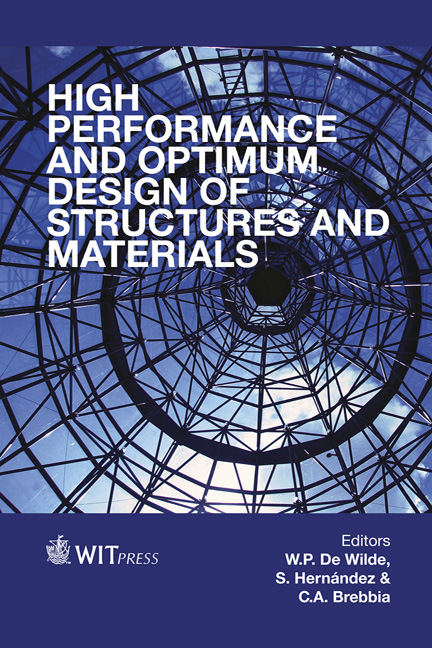Advancing İznik Tiles To The 21st Century By Applying Nano Structured Materials
Price
Free (open access)
Transaction
Volume
137
Pages
12
Page Range
627 - 638
Published
2014
Size
720 kb
Paper DOI
10.2495/HPSM140571
Copyright
WIT Press
Author(s)
E. Gunay, M. Sariguzel & C. Imer
Abstract
Nanotechnology actually started in the 9th century in Mesopotamia with a lustre layer on ceramic surfaces applied by ceramic artists. Reducing atmosphere lusters are classified into two groups, due to preparation and implementation, as in-glaze and over-glaze lusters. Over-glaze luster is a kind of decoration and inglaze luster is a kind of glaze. Cooling is achieved in reducing the atmosphere for both types of lusters and the nano particles give the luster effect. Traditional İznik tiles were produced in İznik from the 14th century to the 17th century. These ceramics are known as \“unproducible” due to their high quartz content, composition and unique processing steps. The production of İznik ceramics stopped in 1716 due to unknown reasons with no written documents about their production being left. TUBITAK MRC and the İznik Foundation are carrying out an important experimental project to improve and understand the effects of nanotechnology application in İznik ceramics. In this study, the high quartz content of İznik ceramics is kept as it is and nanotechnology is applied at the decoration stage as nanometer sized pigments and as nanometer sized metallic particles in glazes for a luster effect. A comparison is carried out between traditional and modern İznik ceramics in colour, brightness and other properties by SEM and XRD characterisation techniques. Keywords: İznik tiles, nano technology, nanometer sized pigments, lustre.
Keywords
İznik tiles, nano technology, nanometer sized pigments, lustre.





